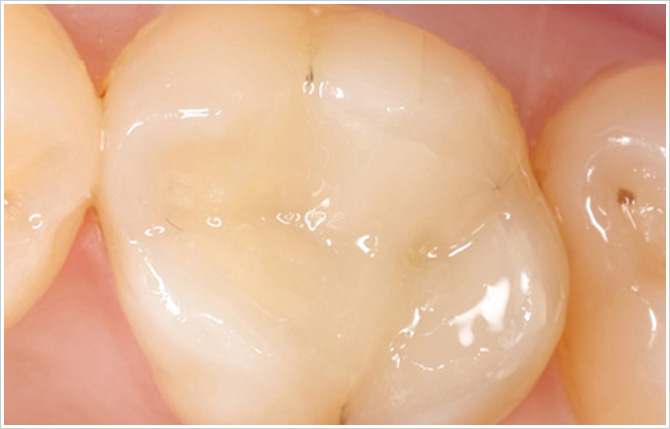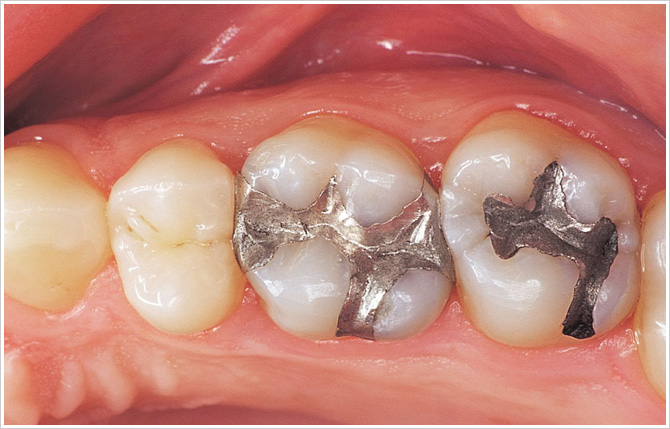
If there is one thing that most people know about dentistry, then that thing without a doubt is ‘dental fillings’. Dental fillings are required when the tooth has been decayed by bacteria which get lodged along with the food in the minor crevices on the teeth. The action of these bacteria on the sugary sticky foods produces acid that is responsible for undermining and attacking the tooth structure. As a result of this, you may come to experience short fleeting type of pain on eating something sweet, or on having cold foods. In some cases, you may actually be able to see a cavity – almost like a hole in your tooth!
Our bodies have an amazing ability to repair injured structures. For example, when we break a bone, our body is able to heal the bone by creating new cells that glue the bone back together. Unfortunately, this isn’t true when it comes to our teeth. Although we do get two sets of teeth in our life, once a cavity forms in a tooth, the body cannot repair it. Hundreds of years ago before fillings existed; cavities eventually caused people so much pain that they would have the tooth removed.
Thankfully, modern dentistry has found a way to let you keep your decayed teeth. All that needs to be done is to have the bacteria professionally removed. A caries indicating dye is then used to ensure that no decay is left behind and then the cavity in the tooth is replaced with a hard, tooth-like material known as a dental filling.
Aesthetic Fillings

Dental Trends employs high-strength, high-gloss world class composite resin materials with a wide range of shades to give you the exact perfect match in terms of aesthetics. What’s more, they also last long and retain their sheen.
Aesthetic tooth-colored fillings make use of a material called as ‘composite resin’. This material is available in various shades and the one that matches closest to your tooth is selected. As these fillings rely on micromechanical adhesion, only the area of the tooth that is decayed needs to be removed thus conserving the unaffected healthy part of your tooth. Dental Trends employs high-strength, high-gloss world class composite resin materials with a wide range of shades to give you the exact perfect match in terms of aesthetics. What’s more, they also last long and retain their sheen.
Silver Fillings
Dental Trends employs high strength, low expansion admixed amalgam alloy from SDI Australia. It is mixed in an automated mixer called amalgamator to ensure exact ratio of sliver alloy and mercury, uniform mixture and nil spillage. We will recommend silver fillings as and when they are indicated. They work especially well in areas that cannot be isolated form saliva very well.

Cement Fillings
Before

After

As interim restorations or till a more permanent solution can be provided, we place dental cement fillings. We employ the high strength glass ionomer type of cement, which not only serves well functionally, but also releases fluoride locally, thereby providing protection from further decay.
Inlays and Onlays
Composite and porcelain inlays and onlays are indirect restorations that are manufactured outside the oral cavity by making an impression of the prepared cavity following removal of decay. We will advise you these special restorations when the teeth are grossly decayed, leaving behind very weak structure. These restorations also provide something called cuspal coverage, which basically act as a miniature form of caps.

